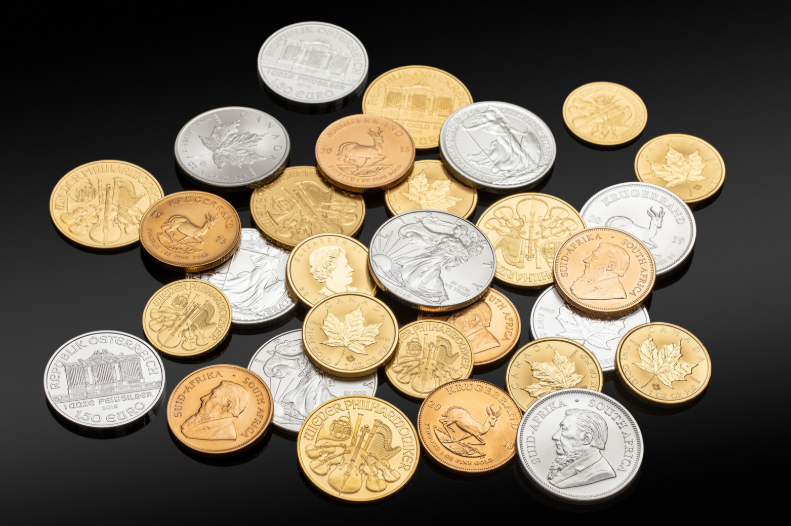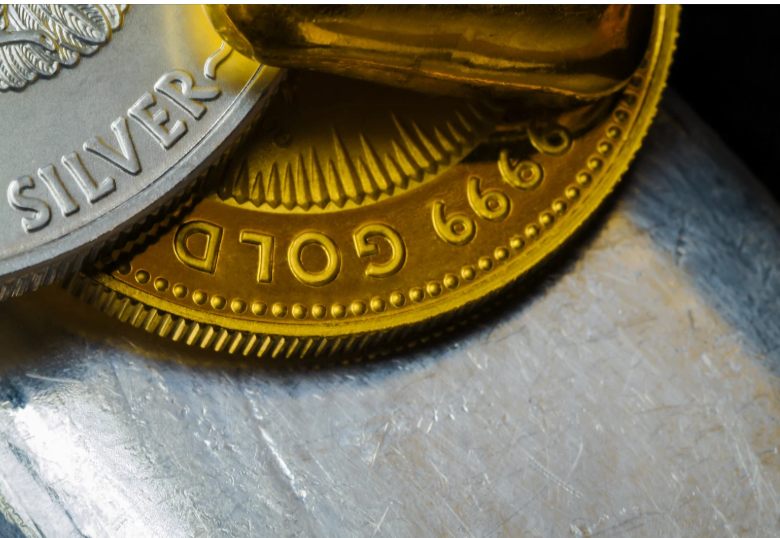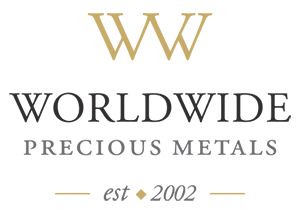Gold and Silver Bullion Types Explained for First-Time Buyers
Buying your first gold or silver investment shouldn’t feel like stepping into a secret club. If you’ve heard terms like “bullion,” “rounds,” or “premium over spot” and felt out of your depth, don’t worry.
This guide is here to cut through the confusion and give you a real-world understanding of gold and silver bullion, the forms it comes in, and how to make smart decisions when buying.
What Is Bullion?
Bullion simply means precious metals in their purest, most tradable form. That’s it. Whether it’s gold or silver, bullion is typically at least 99.9% pure and shaped into bars, coins, or rounds for ease of handling, stacking, and storage.
Unlike jewelry or antique coins, bullion’s value is based almost entirely on its weight and purity, not on artistic or historical factors.
So, why do people invest in gold and silver bullion?
People buy bullion for one main reason: it’s real, tangible value. Gold and silver aren’t tied to the ups and downs of stock markets or digital currencies.
When inflation rises or currencies weaken, precious metals often hold their ground, or even rise. For many, bullion is a form of financial insurance: a way to store wealth outside the traditional system.
Common Forms of Bullion
There are three main forms of bullion:
- Bars are ideal for stacking and storing large amounts of metal.
- Coins are minted by governments and carry a face value (though their metal value is usually much higher).
- Rounds resemble coins but are produced by private mints and aren’t legal tender.
Each form has its pros and cons, and your choice depends on how much you’re investing, your storage setup, and your personal preference.
Types of Gold Bullion
Here are the types of gold bullion that you can invest in:
Gold Bars
Gold bars are one of the most efficient ways to buy large amounts of gold. They’re available in a variety of weights, from 1 gram for beginners up to 1 kilogram or more for serious investors.

You’ll often see names like PAMP Suisse, Valcambi, or Perth Mint engraved on the bars; these are respected global refiners known for precision and purity.
There are two main types:
- Cast bars are poured into molds, giving them a more rugged appearance. They’re cheaper to produce, which typically results in a lower premium.
- Minted bars are cut from flat gold sheets and stamped with detailed designs, offering a polished, professional look.
If you want maximum value for your money, casting bars often gives you more value. If appearance, resale value, or brand reputation matter more to you, minted bars are a great choice.
Gold Coins
Gold coins are especially popular with first-time investors because they’re familiar, widely accepted, and backed by governments. Each one contains a specific amount of pure gold, usually 1 troy ounce, though half-ounce, quarter-ounce, and even 1/10-ounce options exist.
Here are a few of the most trusted coins:
- American Gold Eagle: made in the U.S., 22k gold with added durability
- Canadian Gold Maple Leaf: pure 24k gold, known for high purity
- South African Krugerrand: one of the earliest modern bullion coins
These coins are easy to recognize, liquid (easy to sell), and hold a premium because of their reputation and demand. They strike an excellent balance between security and flexibility.
Gold Rounds
Gold rounds look and feel like coins, but they don’t carry any face value or legal tender status. Made by private mints, rounds are typically cheaper per ounce than government-issued coins.
If your focus is on acquiring gold for the lowest cost without worrying about numismatic (collectible) value or government backing, rounds offer a clean, straightforward option.
Silver Bullion Types Every New Buyer Should Know
Keep reading to understand different types of silver bullion:
Silver Bars
Silver bars are often where bulk silver buyers start. Because silver is more affordable than gold, you can get a lot more ounces for the same amount of money. Silver bars come in sizes like:
- 1 oz and 5 oz (great for beginners)
- 10 oz and 100 oz (popular with stackers)
- 1,000 oz (used mostly by institutional investors)
Silver Coins
Silver coins are minted by national governments and are trusted worldwide. Each one is stamped with official marks that state the metal content and face value.

Top options include:
- American Silver Eagle: The most widely recognized silver coin in the U.S.
- Canadian Silver Maple Leaf: Pure .9999 silver, anti-counterfeit technology
- Austrian Philharmonic: A beautiful design and strong resale value
Because they’re so recognizable, silver coins tend to carry slightly higher premiums than bars or rounds, but they also offer easier resale and better liquidity.
Silver Rounds
Private mints produce silver rounds and often come with fun or themed designs. They’re a low-cost way to acquire pure silver without incurring additional costs for government minting.
Rounds are ideal for budget-conscious buyers or anyone who wants to stack silver with minimal markup. Be sure to purchase from reputable mints or dealers to avoid counterfeit items or misrepresented weights.
Key Differences Between Gold and Silver Bullion
Price and Affordability
Gold is much more expensive per ounce than silver, which can be a deal-breaker for some first-time buyers.
As of today, the current gold and silver price shows that a single ounce of gold costs many times more than an ounce of silver. That makes silver far more accessible if you’re working with a limited budget.
With the same investment, you could walk away with a handful of silver coins or just a sliver of gold. Both have value, but silver offers the satisfaction of volume, while gold gives you compact, high-density wealth.
Storage and Security
A few thousand dollars’ worth of gold can fit in your pocket. The same value in silver might take up a shoebox. If you’re buying precious metals to store at home, this matters.
Gold is easier to store discreetly, but silver can be more cost-effective if you’re planning for long-term accumulation and have the space available.
Liquidity and Resale
Both metals are easy to sell, but gold typically moves faster because of its high demand and international recognition. Coins like the Gold Eagle or Maple Leaf are known around the world and are instantly accepted by dealers.
Silver is still very liquid, especially in smaller denominations, but you may encounter slightly slower resale or more negotiation over price.
Tips for First-Time Buyers of Gold and Silver Bullion
How to Choose Between Gold and Silver
If you’re looking for something stable and easy to store, gold may be better for you. If you want more metal for your money and plan to grow your investment slowly, silver is a great entry point. Many investors eventually hold both.

You don’t have to choose one forever; many people start with silver and add gold over time.
Where to Buy Safely
Stick with the best bullion dealers in Canada, whether online or in person. Look for transparent pricing, verified reviews, and clear return policies. Avoid anyone who pushes rare or collectible coins without explaining the difference from standard bullion. If it sounds too good to be true, it probably is.
What to Look For in Terms of Purity, Weight, and Certification
Real bullion will always show:
- Purity: Usually marked as .999 or .9999
- Weight: Measured in troy ounces (not regular ounces)
- Origin: From a known mint or refinery
Some bars come with assay cards (certificates of authenticity), and many coins are sealed in tamper-evident packaging. These extras make resale easier and increase buyer confidence.
How to Verify Authenticity
You don’t need expensive tools to spot fakes. A magnet test is a great first check; gold and silver aren’t magnetic. A digital scale will help confirm weight. You can also use calipers to measure thickness and diameter.
For higher-value pieces, consider taking them to a local dealer or using testing kits. As you buy more, investing in a small testing tool may be worth it.
Starting Your Gold and Silver Bullion Journey
Bullion investing requires common sense and a willingness to learn. Whether you choose gold for its compact power or silver for its affordability, you’re holding something that has lasting value in any economy.
Start small if you’re unsure. Learn by doing. And buy from sources that value your trust. Over time, you’ll develop the confidence and knowledge to build a precious metals portfolio that fits your goals.
